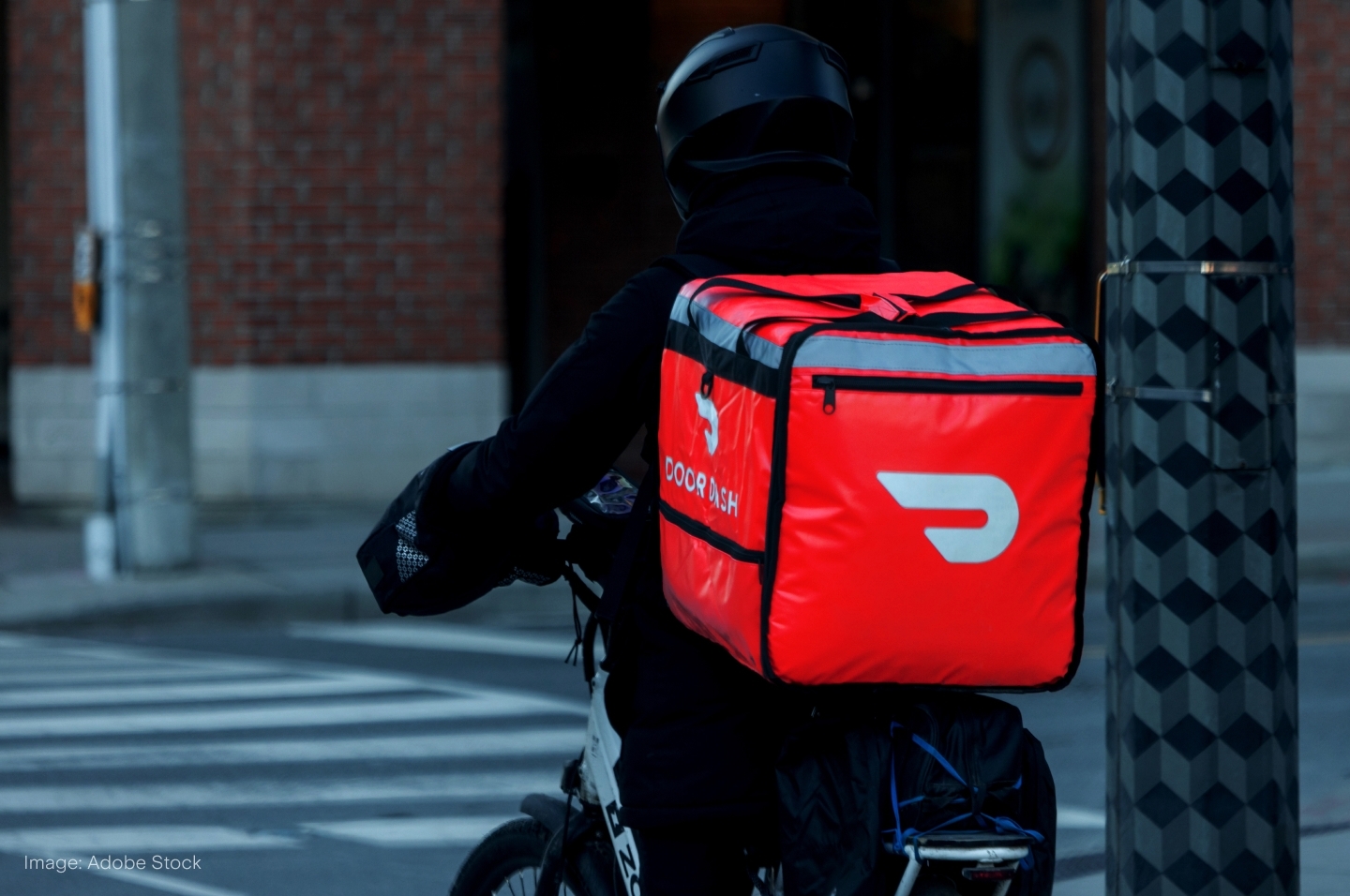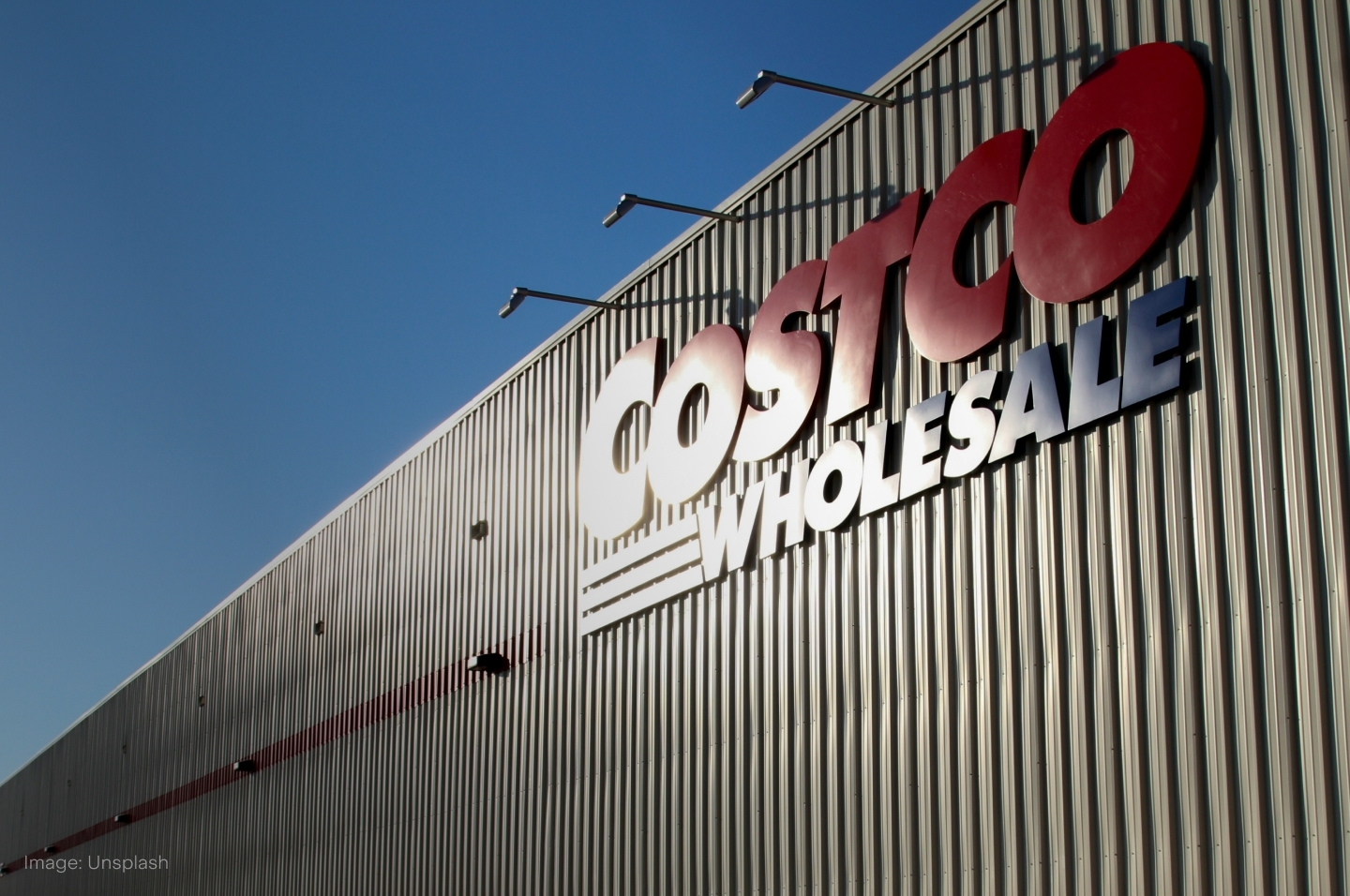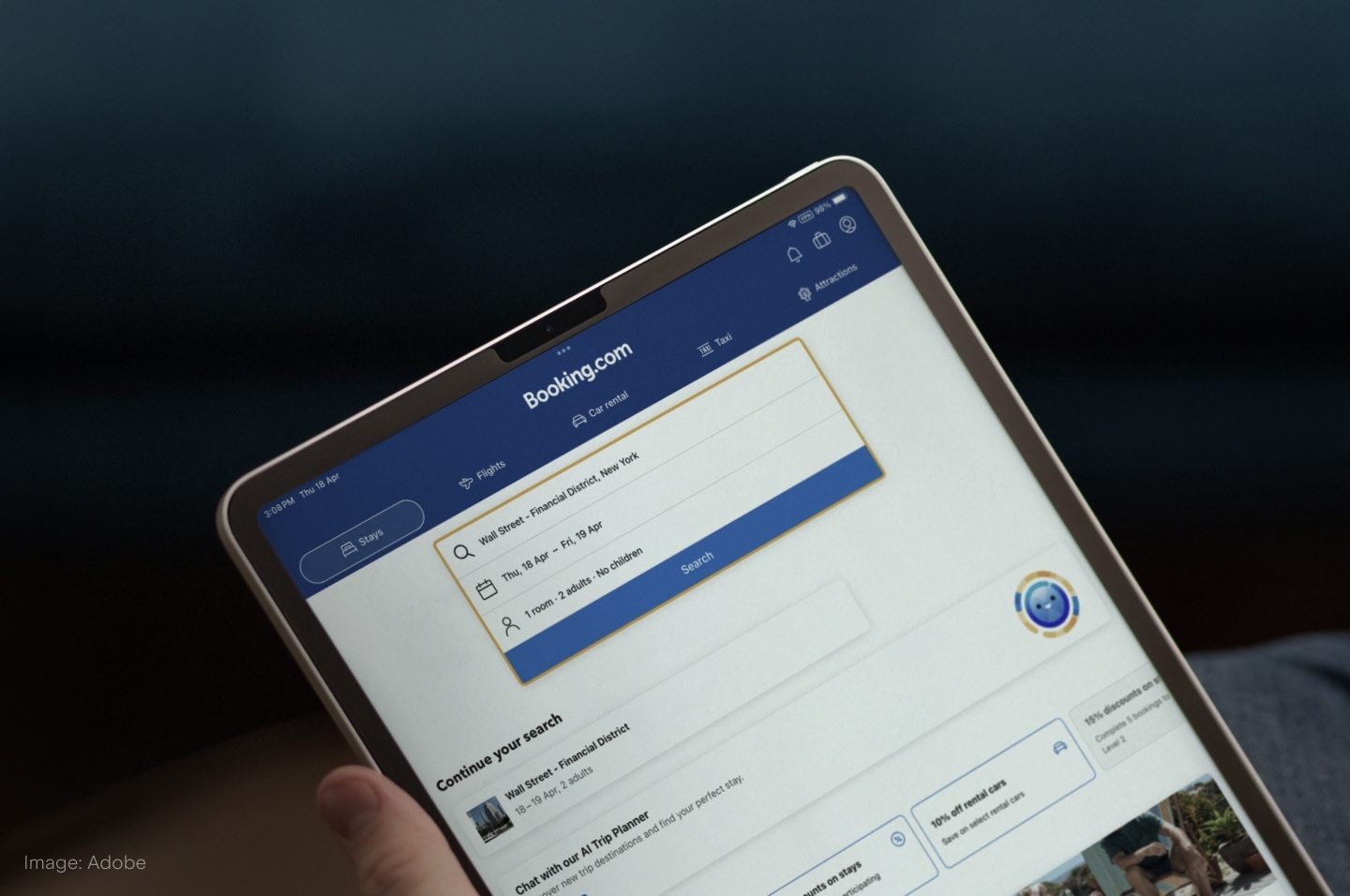.jpg&w=3840&q=100)
Under the Spotlight Wall St: DoorDash Inc. (DASH)
As the leading player in the U.S. food delivery industry, DoorDash has helped redefine how people order food and groceries. But can it also deliver some profits? Let’s put it Under the Spotlight.

The food delivery industry has changed a lot since the days of the Yellow Pages. But while phone books have vanished from homes, the idea of a centralised catalogue where customers can find different restaurants and order meals lives on. It’s simply gone digital.
In 2012, four enterprising Stanford students, Stanley Tang, Tony Xu, Andy Fang, and Evan Moore, were unimpressed with the food delivery options in small Palo Alto. They envisioned a platform that would connect customers with local restaurants, offering the convenience of home delivery at the touch of a button.
Their app went live the following January, called Palo Alto Delivery and catering mostly towards college students. The first order came through within minutes. The user-friendly interface, streamlined ordering process and focus on customer satisfaction helped the app rapidly gain traction among other audiences. Within six months of starting operations, the company secured US$120,000 in funding from high-profile startup incubator Y Combinator and rebranded itself as DoorDash ($DASH).
The platform allowed any restaurant to deliver its dishes using gig workers. Even small establishments and dark kitchens that couldn’t afford to hire their own delivery workers were able to grow their revenues, while DoorDash would receive a percentage of the delivery fee. By 2015, the company had already expanded beyond its home state of California to other regions in the U.S. and Canada.

Scaling up
Only teaming up with local restaurants wasn’t enough to gain national relevance and market share. So DoorDash began signing partnerships with big chains like KFC ($YUM), Dunkin' Donuts, Wendy’s ($WEN), Jack in the Box ($JACK) and other beloved American fast food outlets.
While those partnerships have certainly helped expand its footprint, they came at a hefty price. DoorDash would pay a premium for exclusivity rights, to prevent other food delivery apps like Uber Eats ($UBER) from offering the same brands.
To lure even more restaurants into its ecosystem and create another revenue stream, the company started DoorDash Drive: a white-label solution for restaurants like Chipotle ($CMG) and Wingstop ($WING) to have a custom app their clientele could use to place orders.
Retaining customers
DoorDash has always distributed promotional codes that either give customers free delivery or a discount on items. The strategy is to encourage them to spend above a certain amount or nudge them to use the app more often, establishing and maintaining an active customer base. As is common practice, once a user is considered to be loyal, the frequency of coupons is reduced.
In 2018, DashPass was launched with the aim of improving both revenue predictability and customer experience. It’s a US$9.99 monthly subscription that unlocks free delivery for meals over $15 – and incentivises customers to order more frequently. While most DashPass subscribers drop off within four months of signing up, a sizeable portion stick around: nearly 30% stay for over 12 months.
.jpg&w=3840&q=100)
Delivering growth
The company filed to go public in February 2020, with little idea of what would happen in the following months. As the Covid-19 pandemic kept the world at home, the food delivery business thrived. DoorDash seized the opportunity to serve communities in need by ramping up its operations, expanding its delivery network and implementing safety protocols to ensure the well-being of customers and delivery personnel. During this period, the company began delivering groceries, further diversifying the business.
DoorDash eventually had its IPO in December 2020, valued at over US$71b. By this time, revenue had more than tripled from its pre-pandemic peak: from US$885m in 2019 to US$2.89b in 2020. Well capitalised and growing fast, DoorDash went looking for possible acquisitions targets.
The company had already taken over Caviar, an upscale restaurant delivery service, as well as Scotty Labs, a startup that develops autonomous delivery vehicles. But 2021 would bring its biggest acquisition yet. For US$8.1b, the company acquired Finnish food delivery service Wolt, gaining a significant foothold in the European market. This added 28 countries to the list where DoorDash was already present: U.S., Canada, UK, Australia and New Zealand.
Outpacing inflation
As post-pandemic inflation hit economies worldwide in 2022 and 2023, customers tightened their belts. You might think DoorDash sales would dwindle in this challenging economic scenario, but the numbers tell a different story: they continued to hit new all-time highs, climbing to US$6.58b in 2022 and a whopping US$8.64b in 2023.
Despite growing revenue this fast and reaching 66% of market share in the U.S., DoorDash is yet to have a profitable year. The main reason is its relatively high expenditure in sales and marketing: in Q1 2024 alone, the company spent US$504m in this segment, which also includes those restaurant exclusivity deals. Net losses have been improving, down from US$1.36b in 2022 to US$558m in 2023, and reported as US$25m for Q1 2024. This indicates a positive trend towards profitability.
.png&w=3840&q=100)
Working controversies
While the company is not yet profitable, debt and liquidity levels are kept in check. DoorDash holds over US$4b in cash, more than its current liabilities of US$3.7b, providing some runway to deal with unforeseen short-term adversities. Rather than unhealthy finances, its biggest risk could be unhappy workers. Like many gig economy apps, DoorDash is in a tug of war with regulators and drivers over labour legislation.
Its delivery workers are paid per delivery, rather than being regular employees. While some like the flexibility around scheduling and being rewarded by their productivity, many complain about the lack of benefits like health insurance and paid time off. To tackle these issues, DoorDash is giving drivers in some U.S. jurisdictions the option to earn a minimum hourly wage instead, hoping this puts the business in a more favourable light and increases workforce morale.
After all, happier workers should result in better service to customers. If this can keep DoorDash en route towards profit… That’s just what the shareholders ordered.
This does not constitute financial advice nor a recommendation to invest in the securities listed. The information presented is intended to be of a factual nature only. Past performance is not a reliable indicator of future performance. As always, do your own research and consider seeking financial, legal and taxation advice before investing.

Rodrigo is a seasoned finance professional with a Finance MBA from Fundação Getúlio Vargas, one of Brazil's premier business schools. With seven years of experience in equities and derivatives, Rodrigo has a profound understanding of market dynamics and microstructure. Having worked for Brazil’s biggest retail algorithmic trading platform SmarttBot, his expertise focuses on risk management and the analysis, development and evaluation of trading systems for both U.S. and Brazilian stock exchanges.

